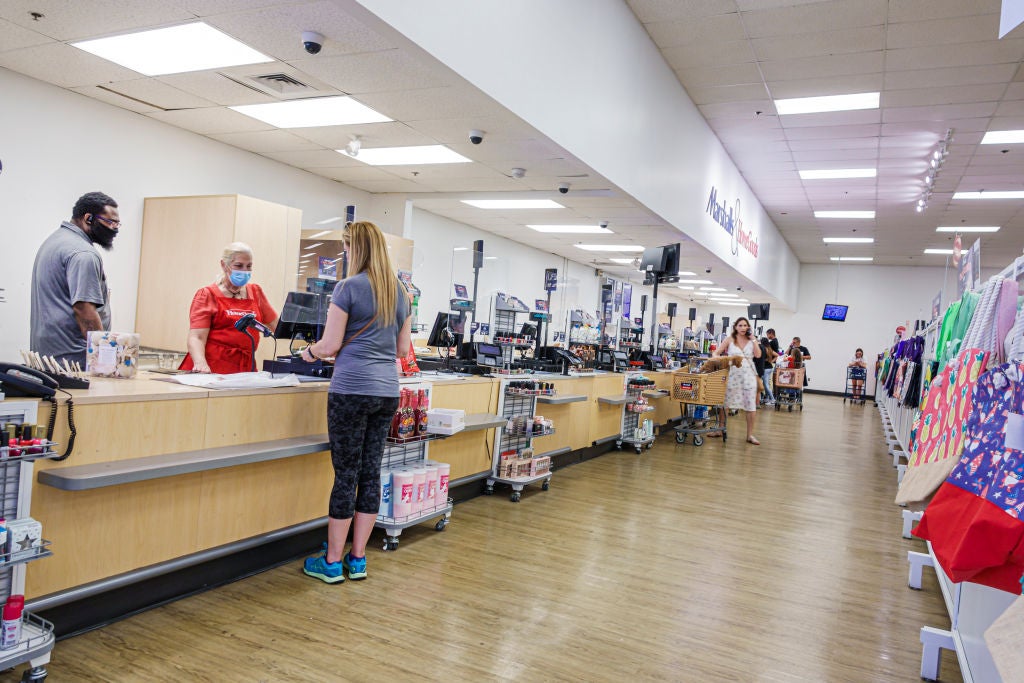In May, the US retail trade sector added 11,600 jobs in May, up from the 10,000 added in April, when adjusted for seasonal changes.
However, the US Department of Labour Statistics considers this increase as "little changed over the month" due to the modest gains. Nevertheless, May's report still reflects improvement compared to a year ago when the retail trade sector experienced a loss of 51,400 jobs.
Resilient job growth across multiple sectors
Overall, the US labour market demonstrated resilience by adding 339,000 jobs, seasonally adjusted, surpassing the expectations of economists who were anticipating around 200,000 job additions.
The bulk of the job gains occurred in professional services, government, health care, construction, and transportation and warehousing.
Despite this positive trend, the unemployment rate saw a slight increase from 3.4 percent to 3.7 percent, leaving 6.1 million individuals without a job.
Manufacturing sector faces employment challenges
In contrast, the manufacturing sector lost 2,000 jobs in May, compared to the 10,000 jobs created in April, seasonally adjusted. This decline in employment numbers has raised concerns among industry leaders, such as Alliance for American Manufacturing president Scott Paul.
He expressed optimism for the future of American manufacturing, citing the growth in factory construction. However, he highlighted the need to address the current weakness in employment, partly attributed to the Federal Reserve's interest rate hikes.
Fed considers impact of jobs data on rate hikes
The recently released jobs data holds significance for Federal Reserve officials as they evaluate whether to pause rate hikes. The strong labour report could potentially pave the way for another quarter-of-a-point hike.
Economists at Wells Fargo noted that May's increase of 339,000 nonfarm payrolls exceeded the average monthly gain of 314,000 observed year-to-date and the average monthly increase of 177,000 during 2018-2019.
While there is some softening evident in the report, with a slightly higher unemployment rate and slower wage growth, economists suggest the Fed might opt for a pause in rate hikes. However, due to high inflation and the relative strength of the jobs data, another rate hike later this month would not come as a surprise.
















